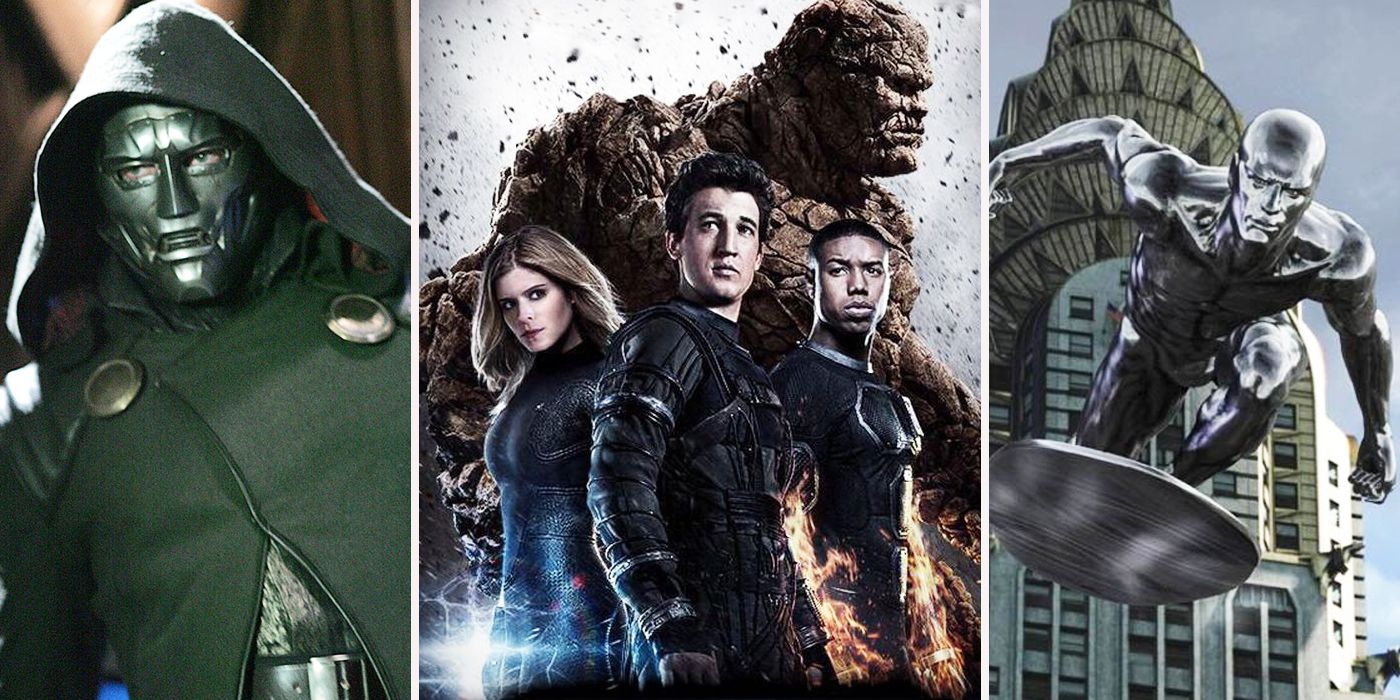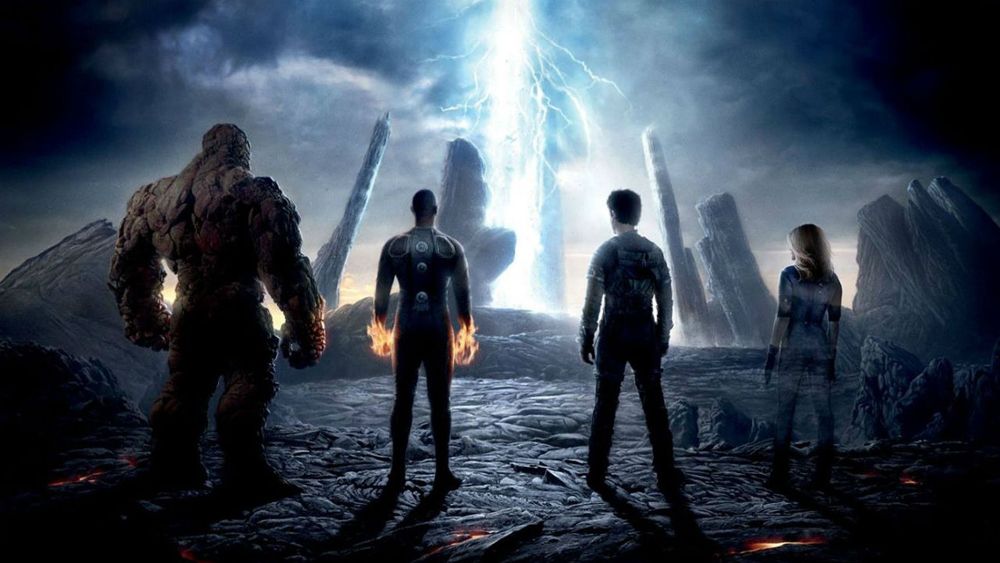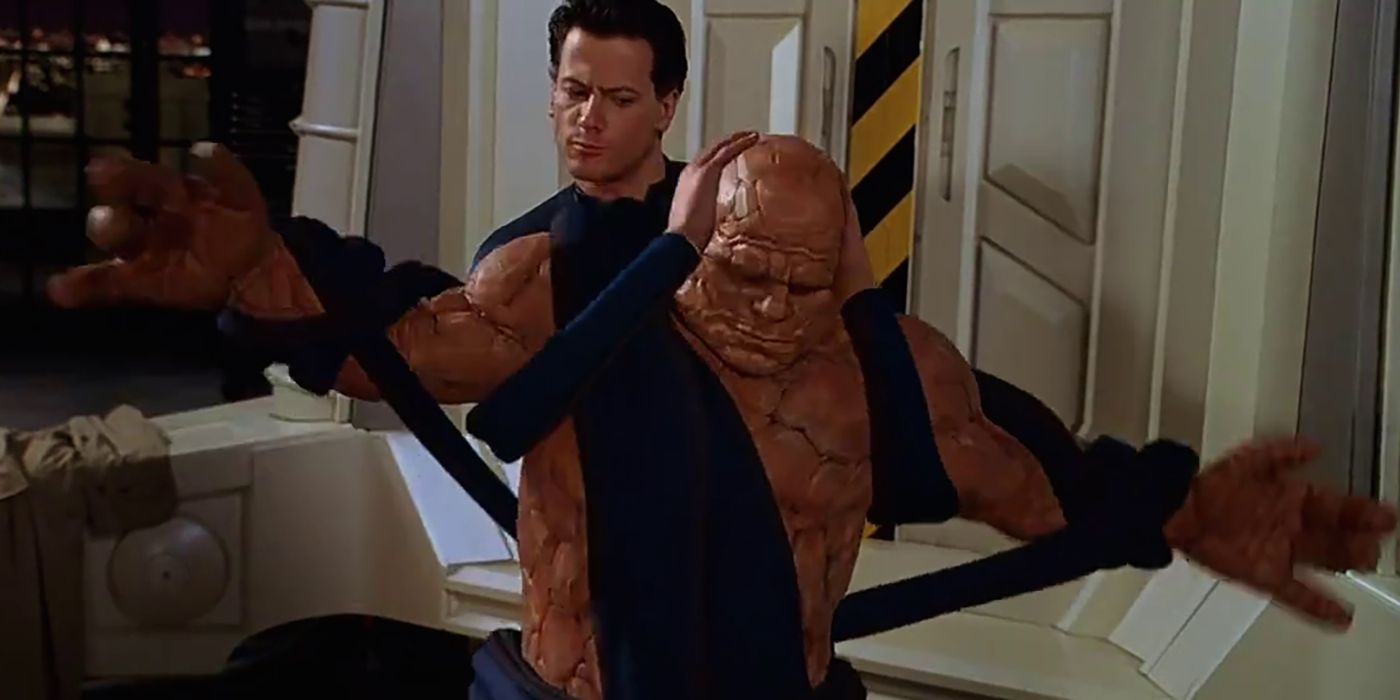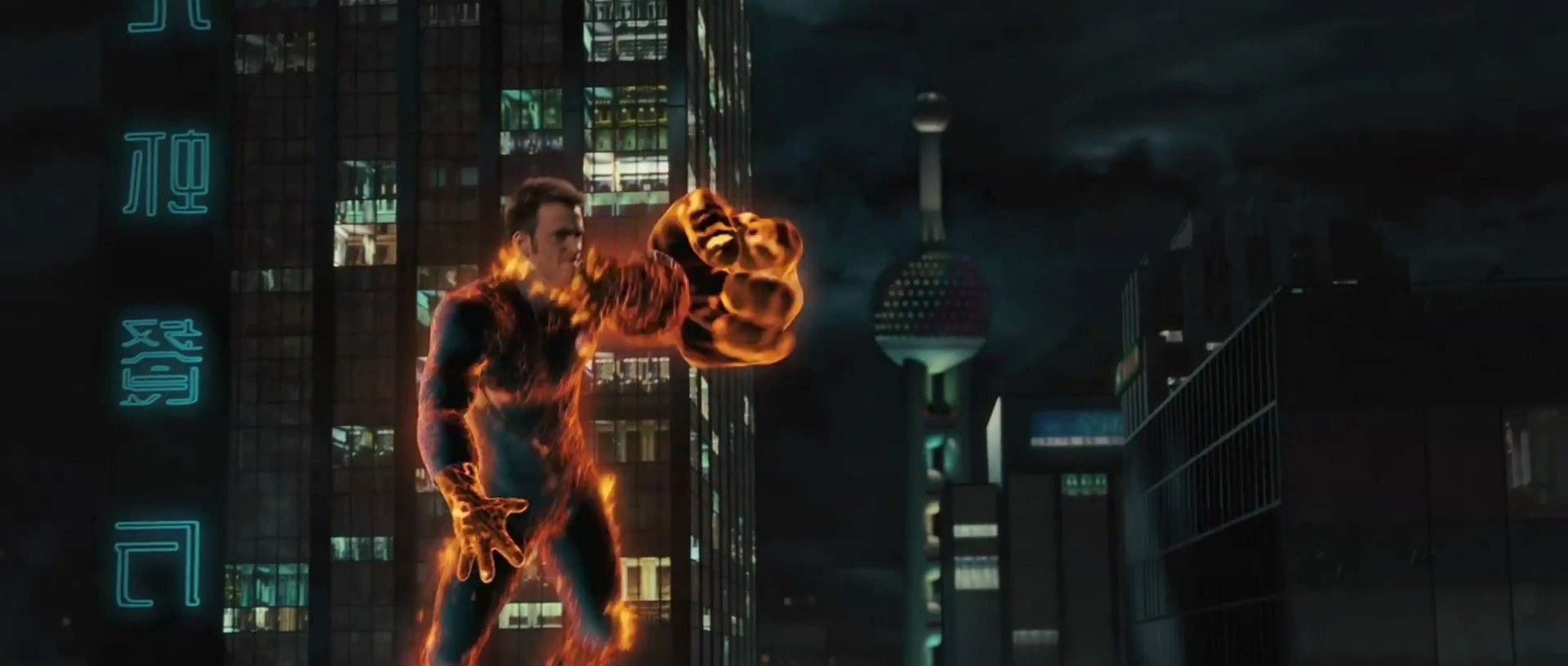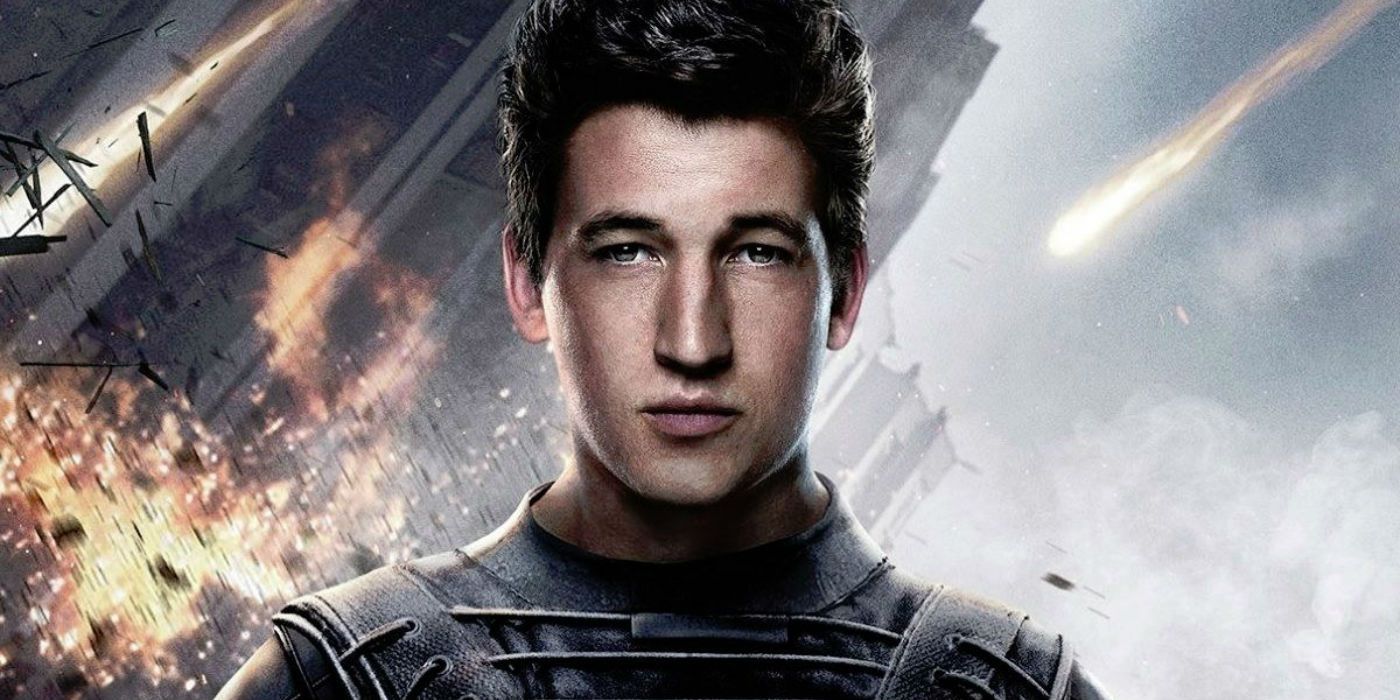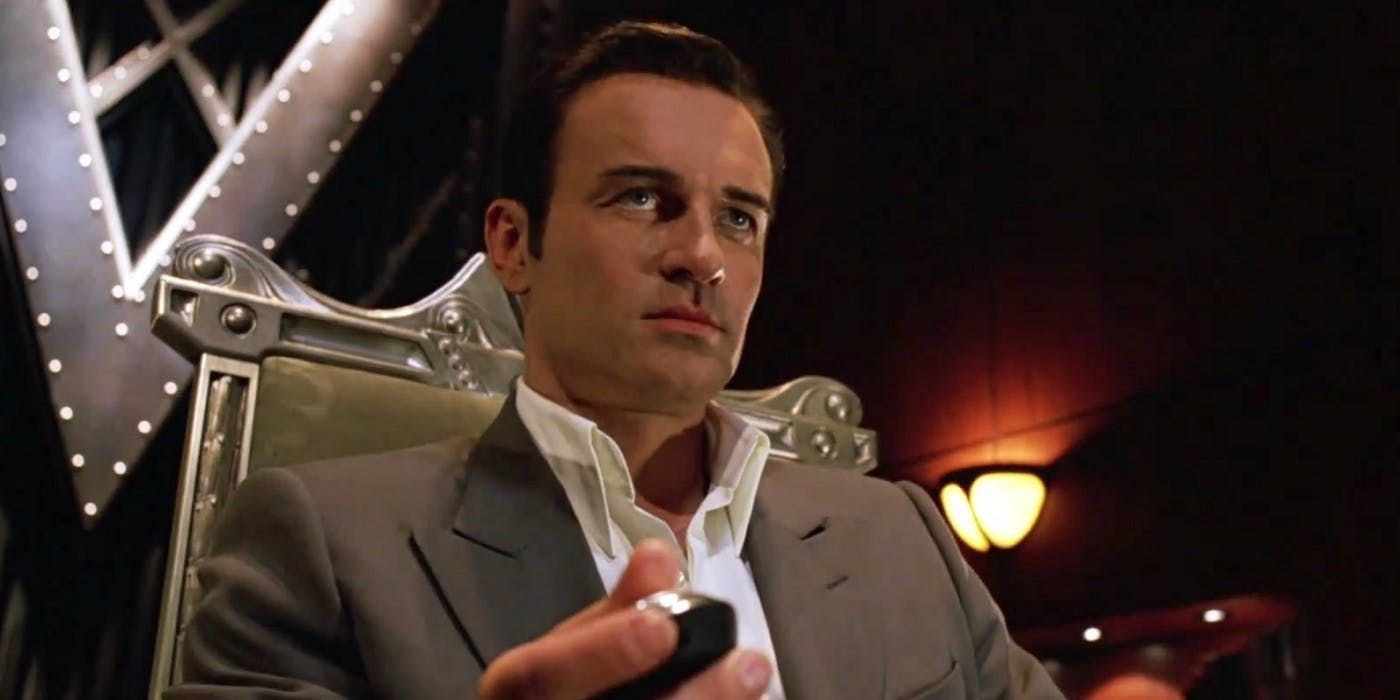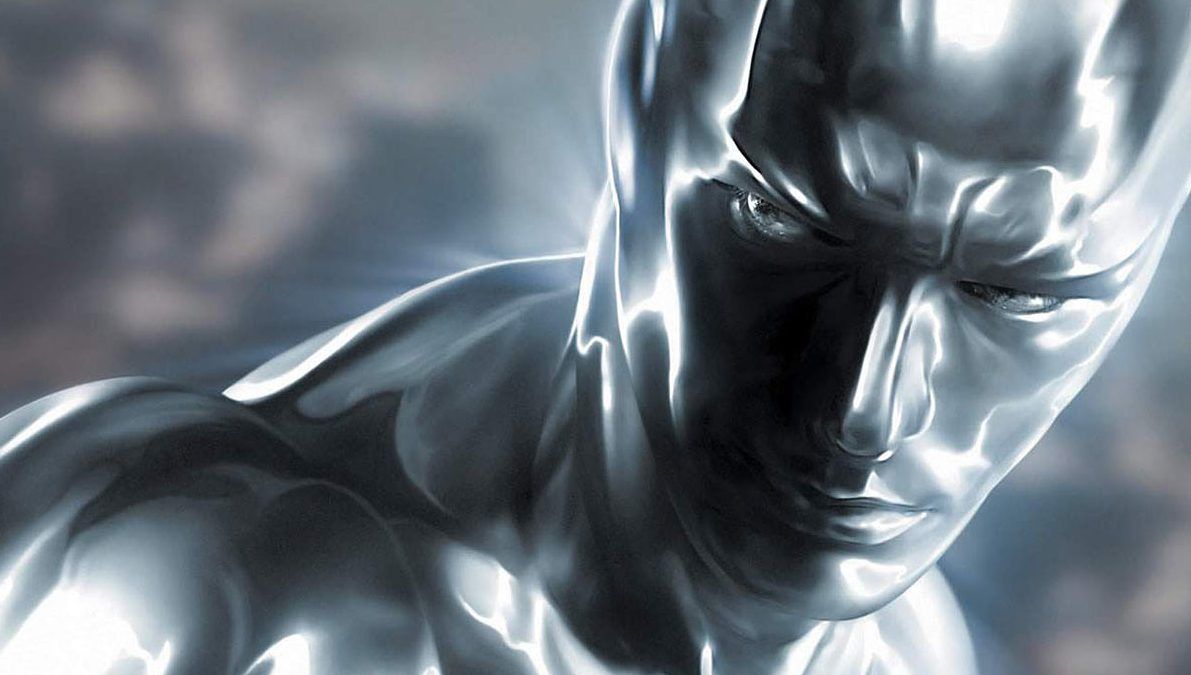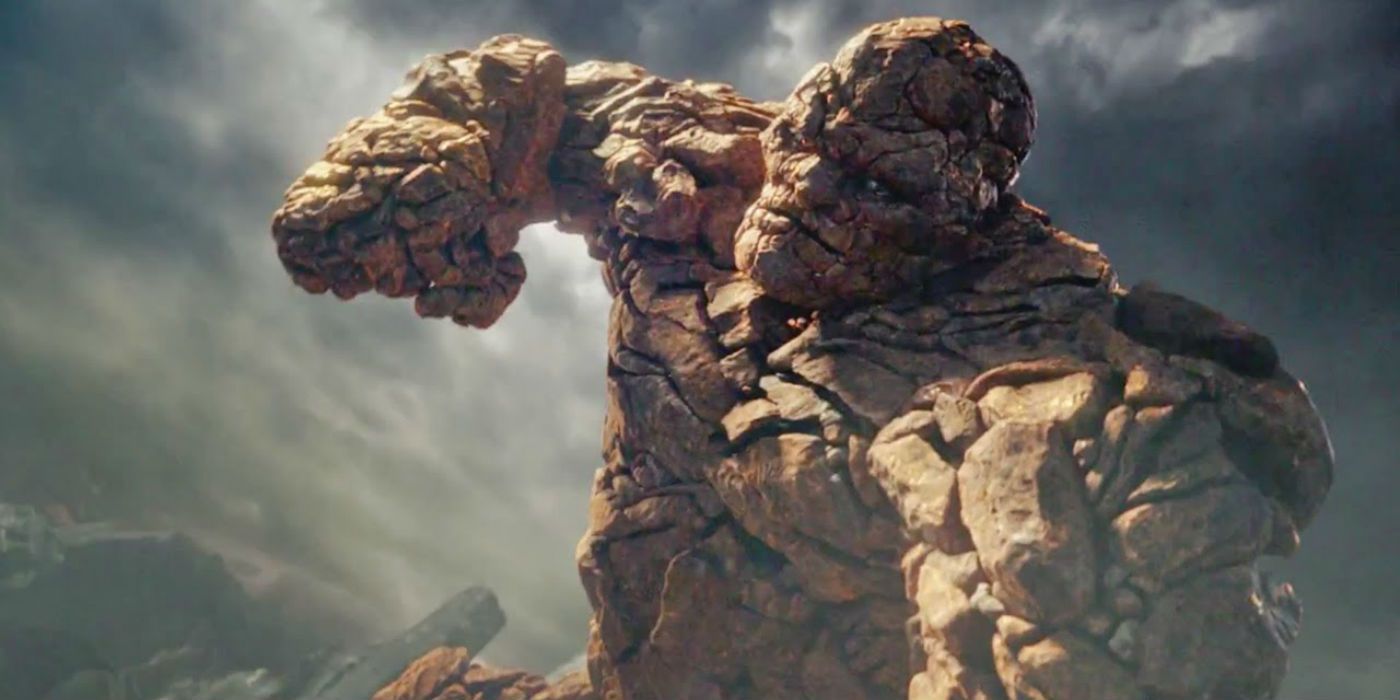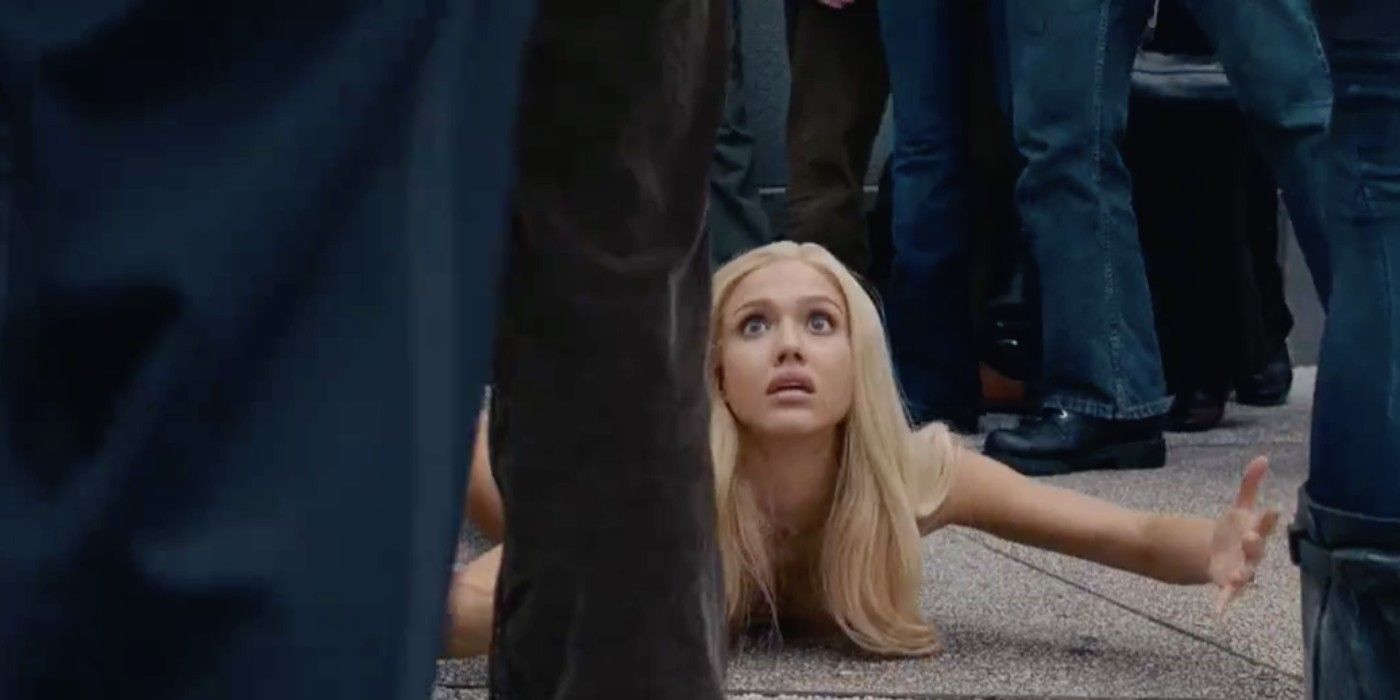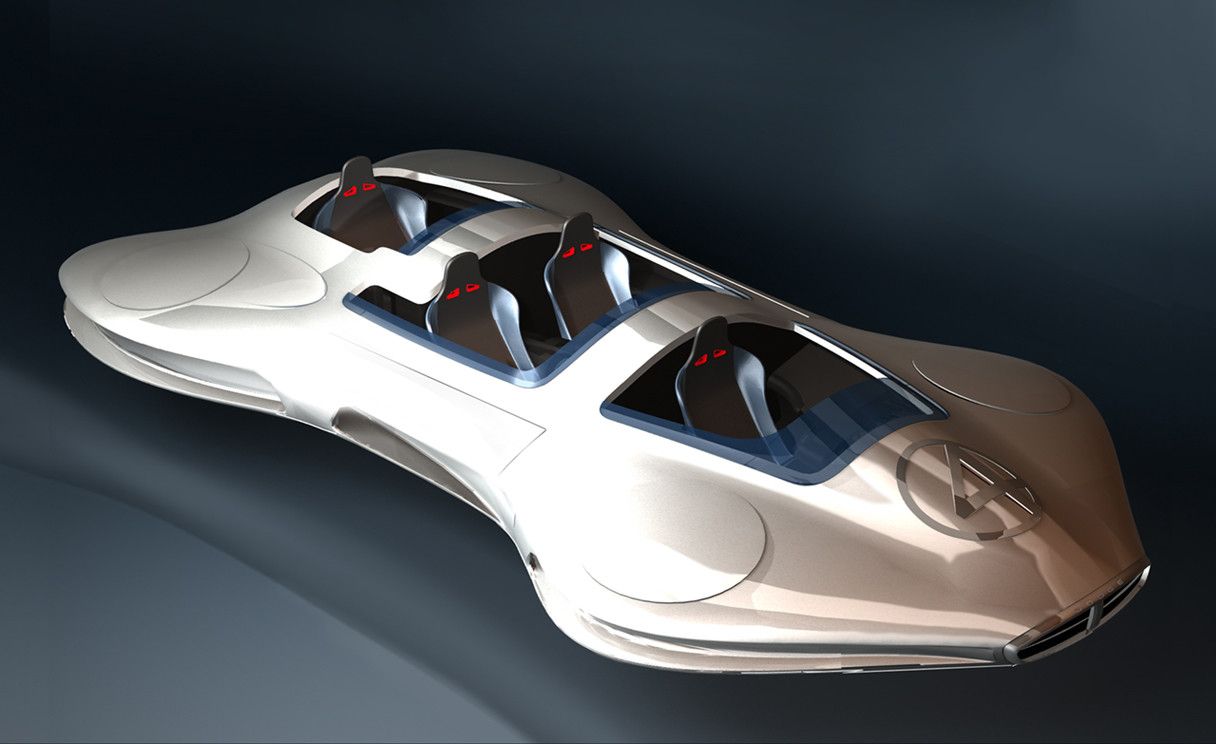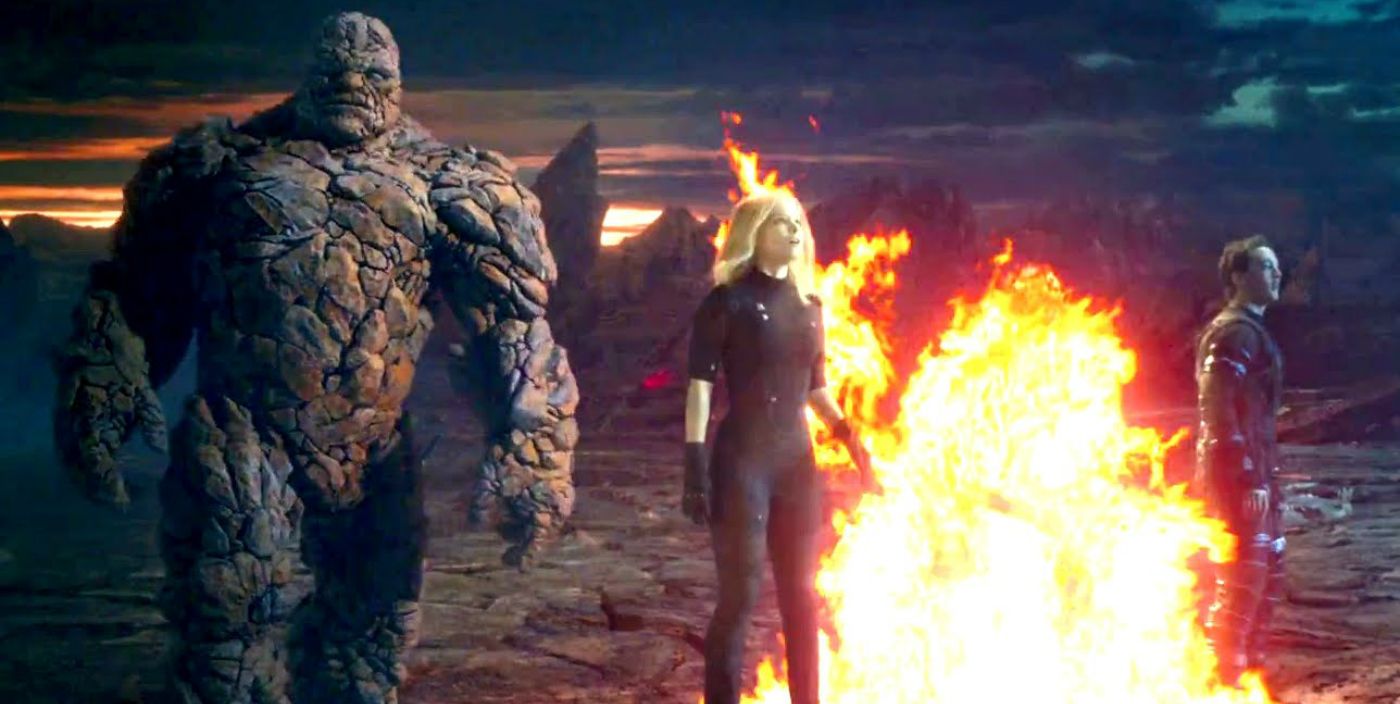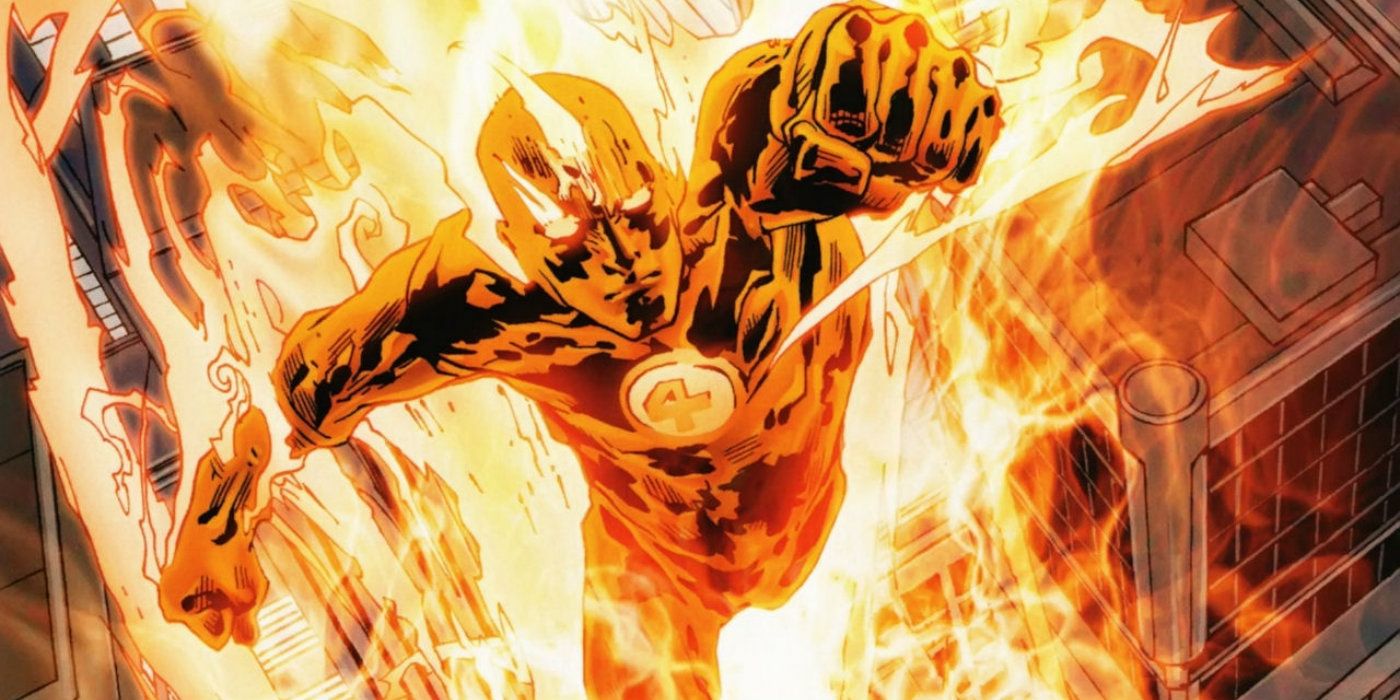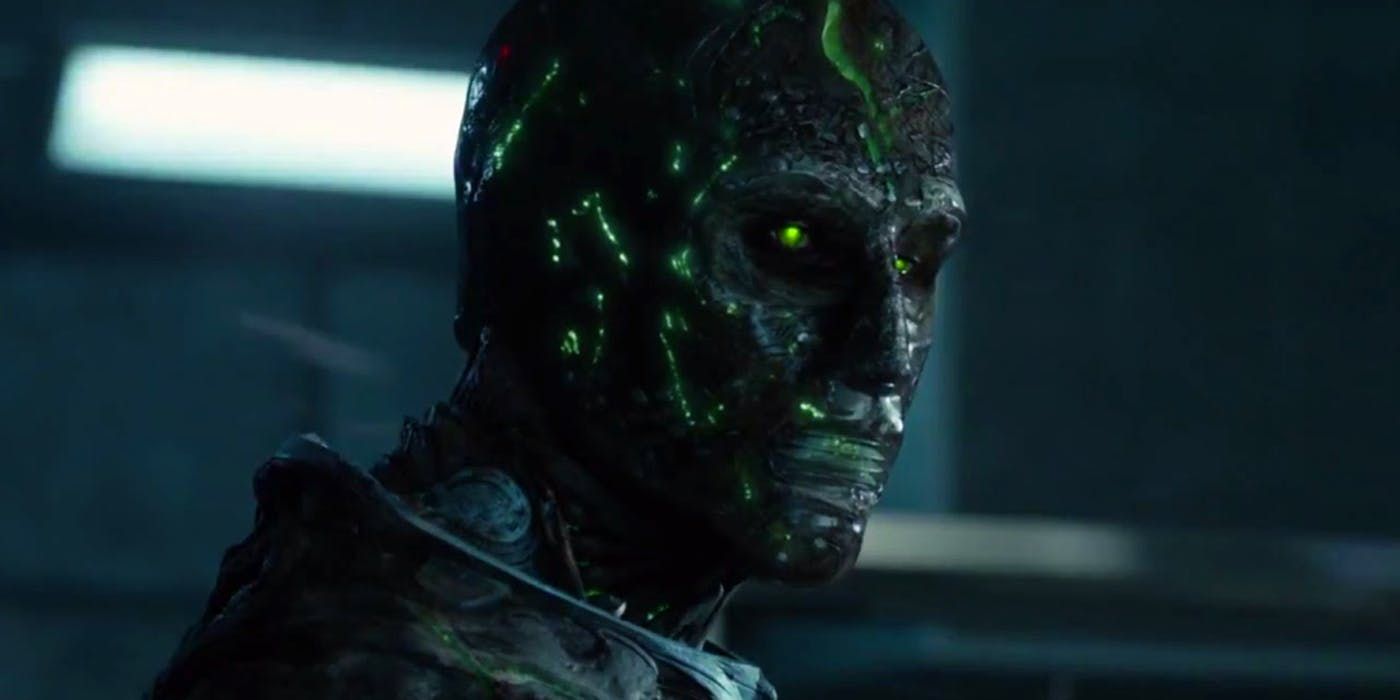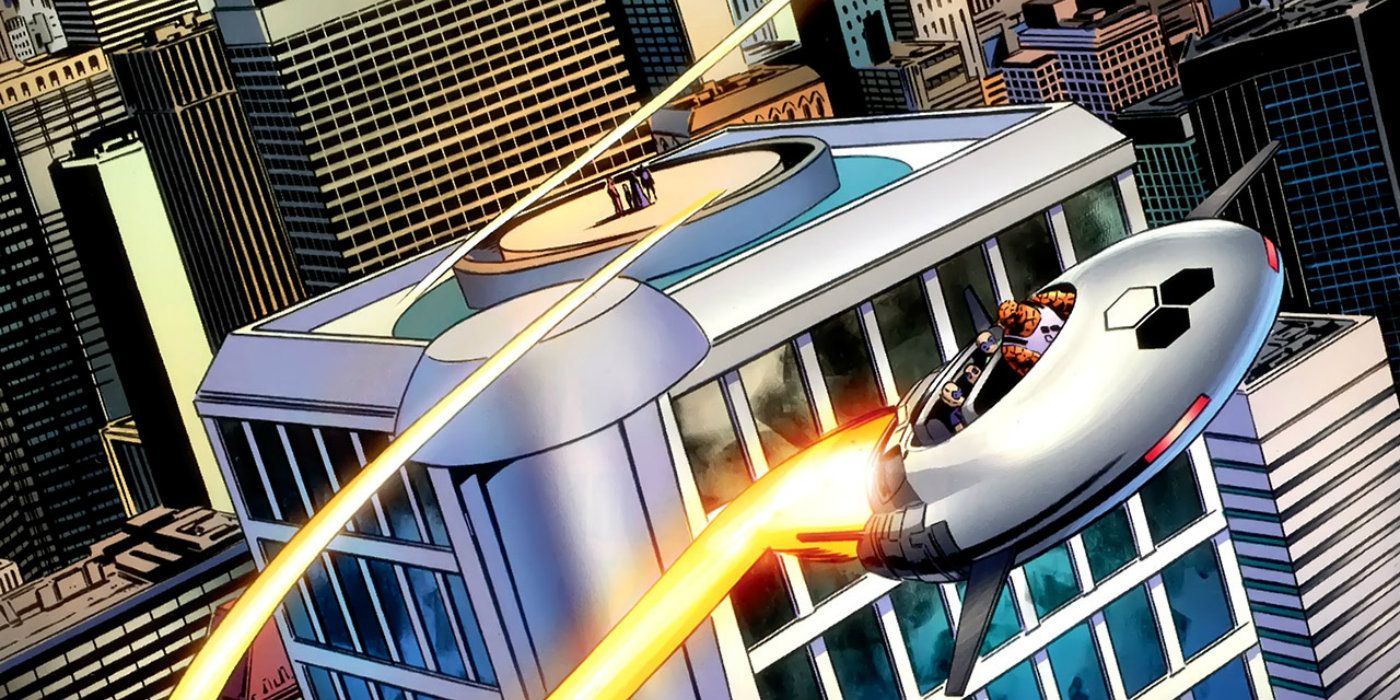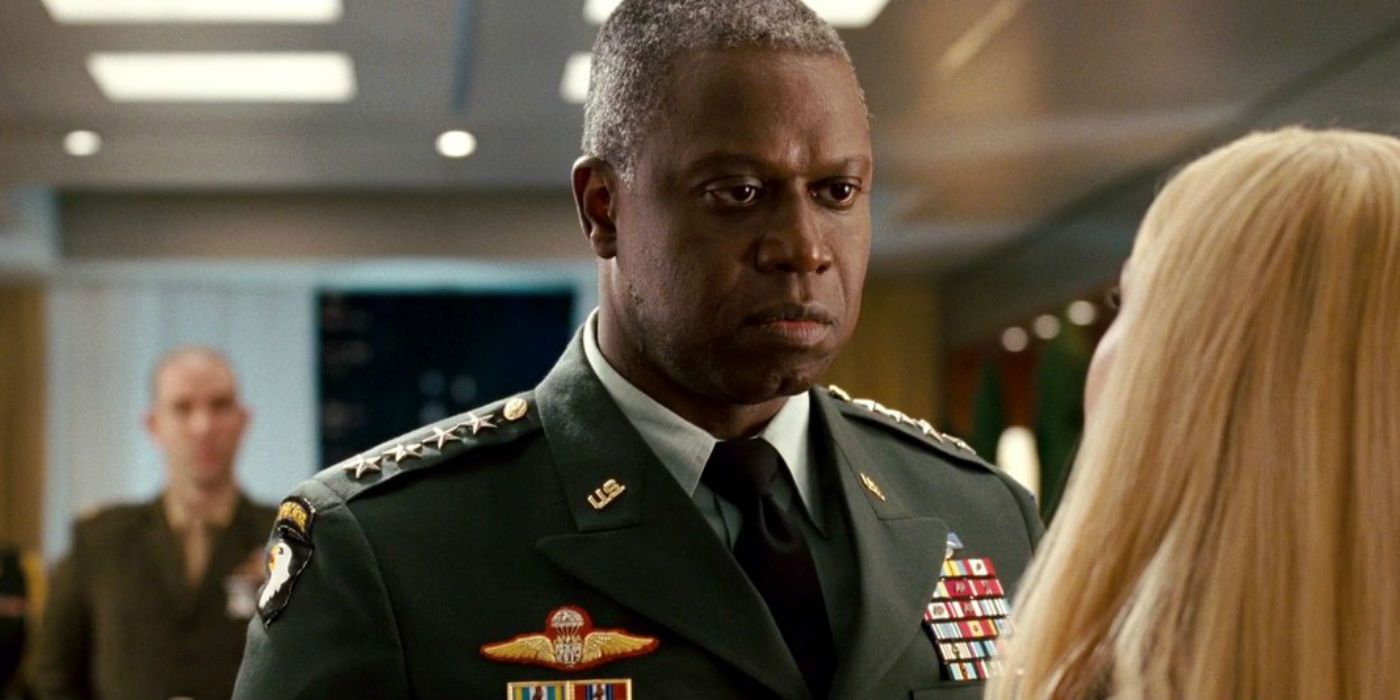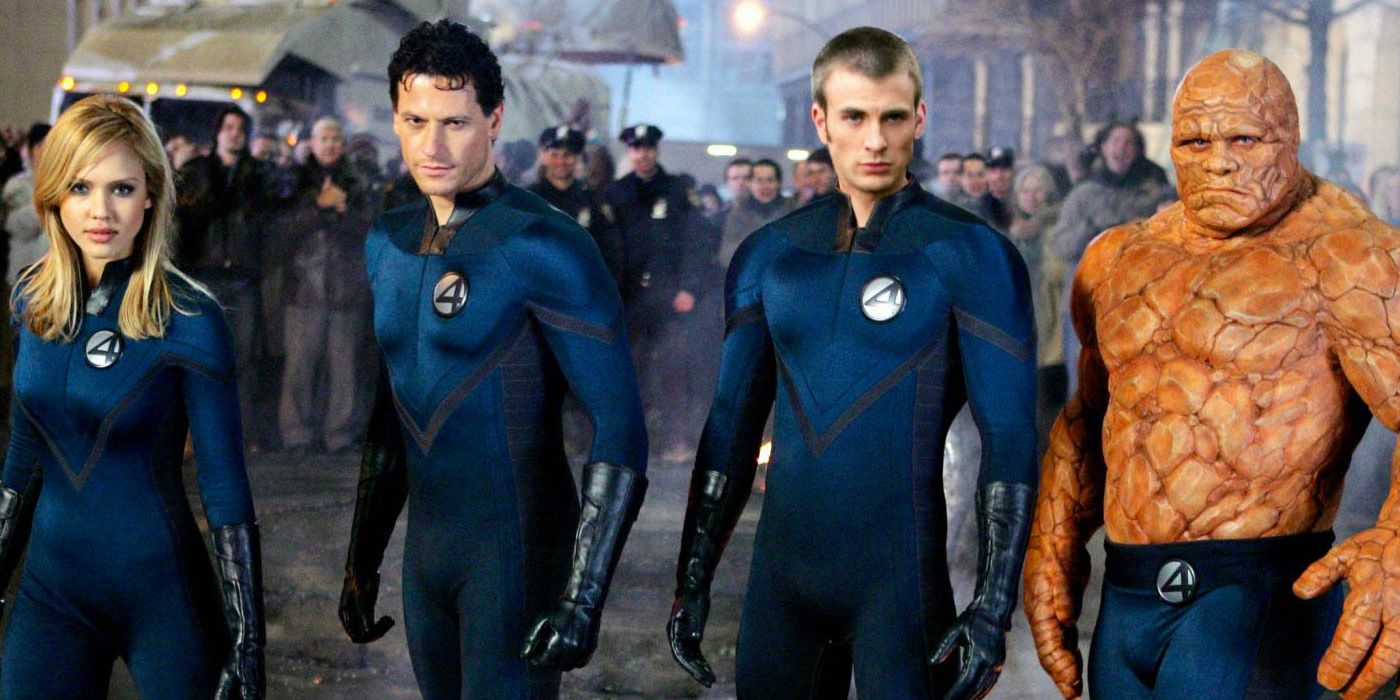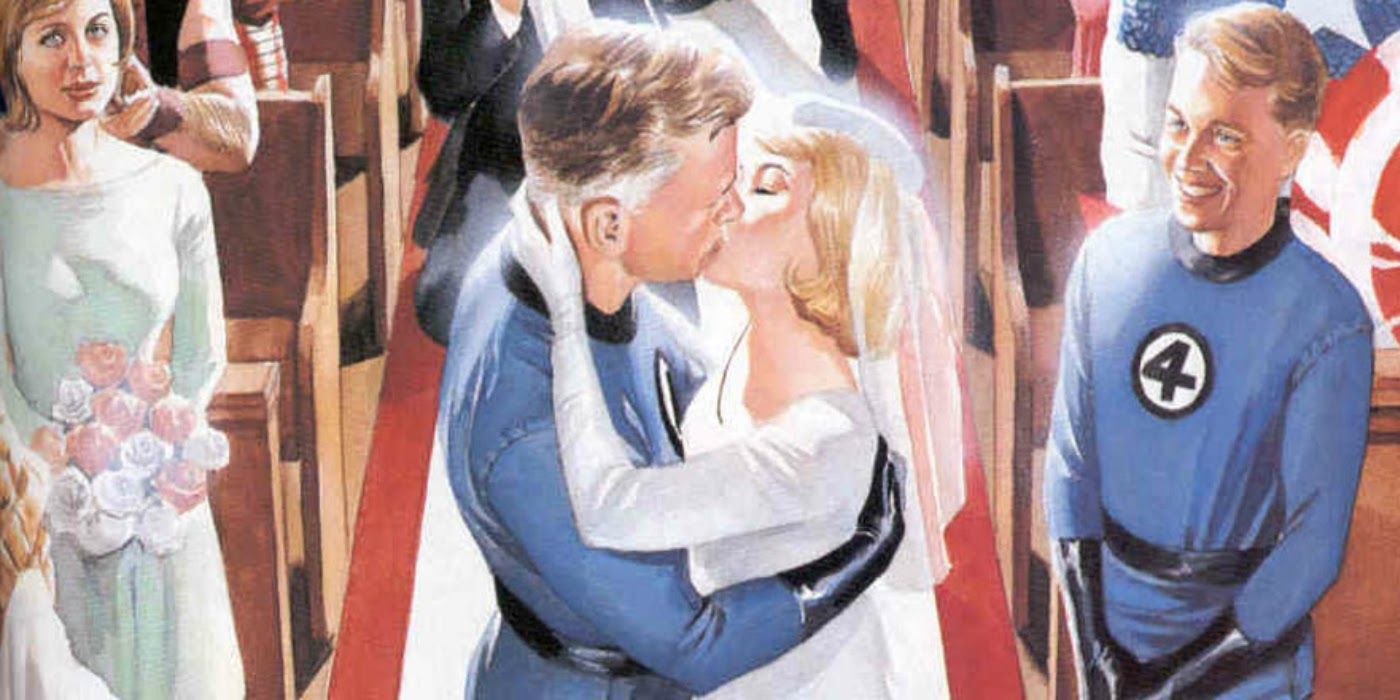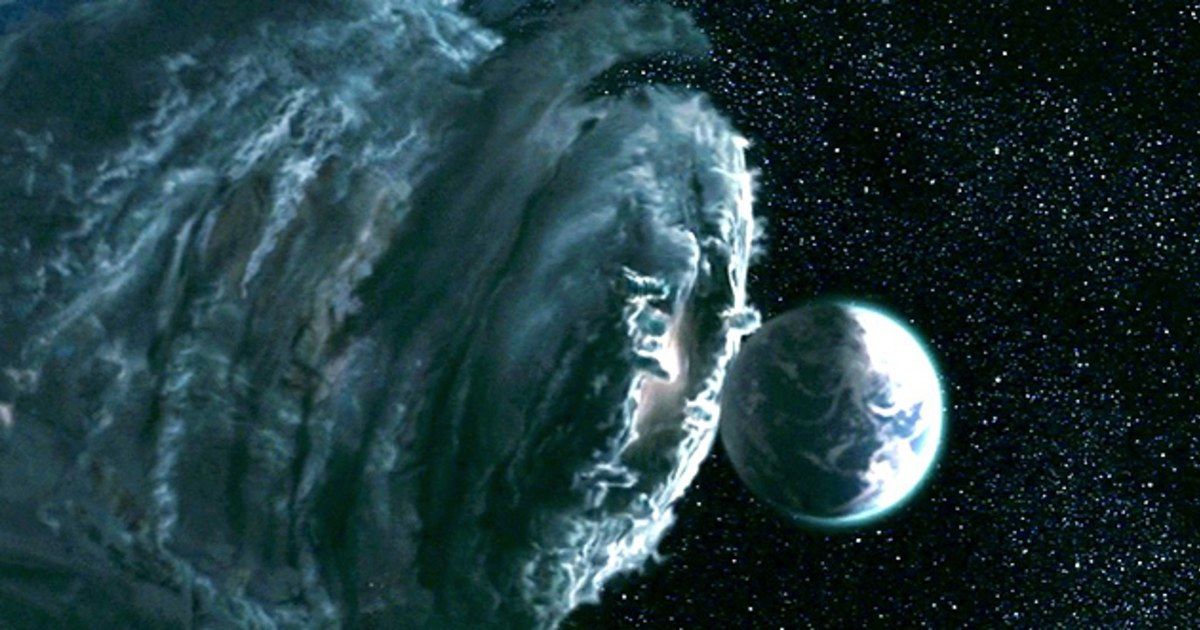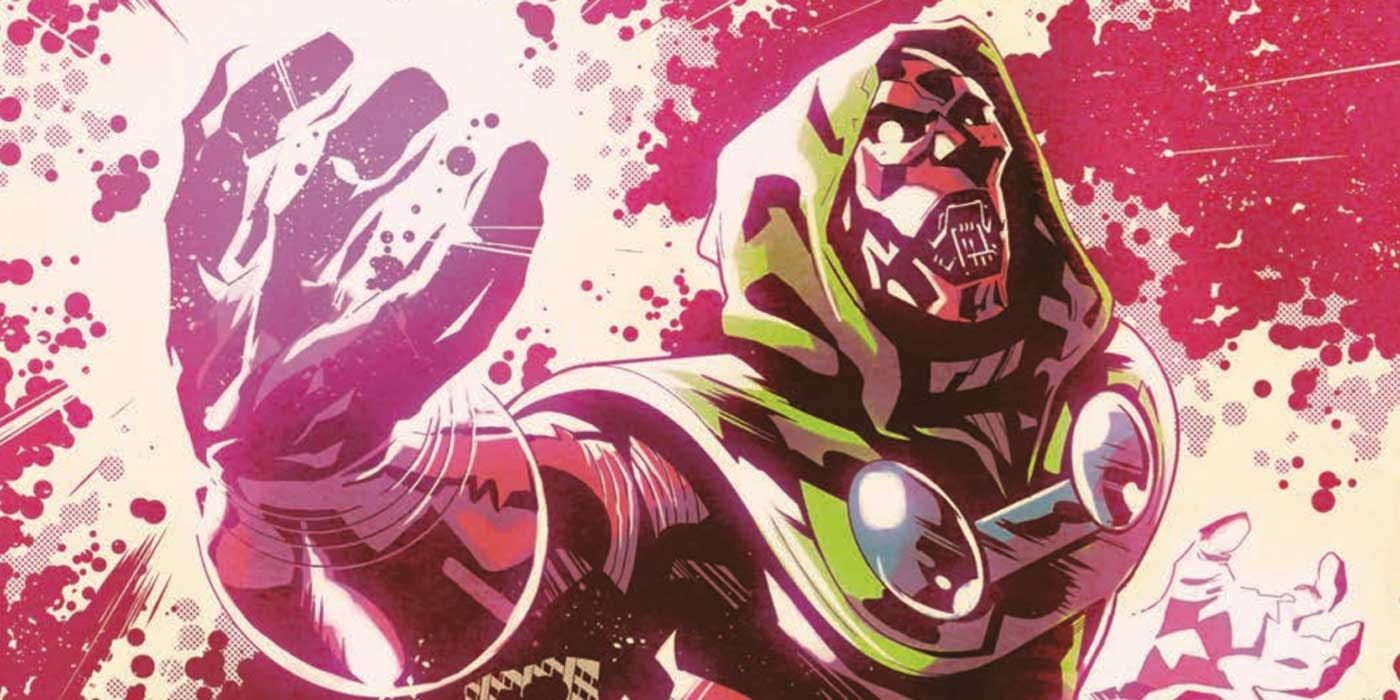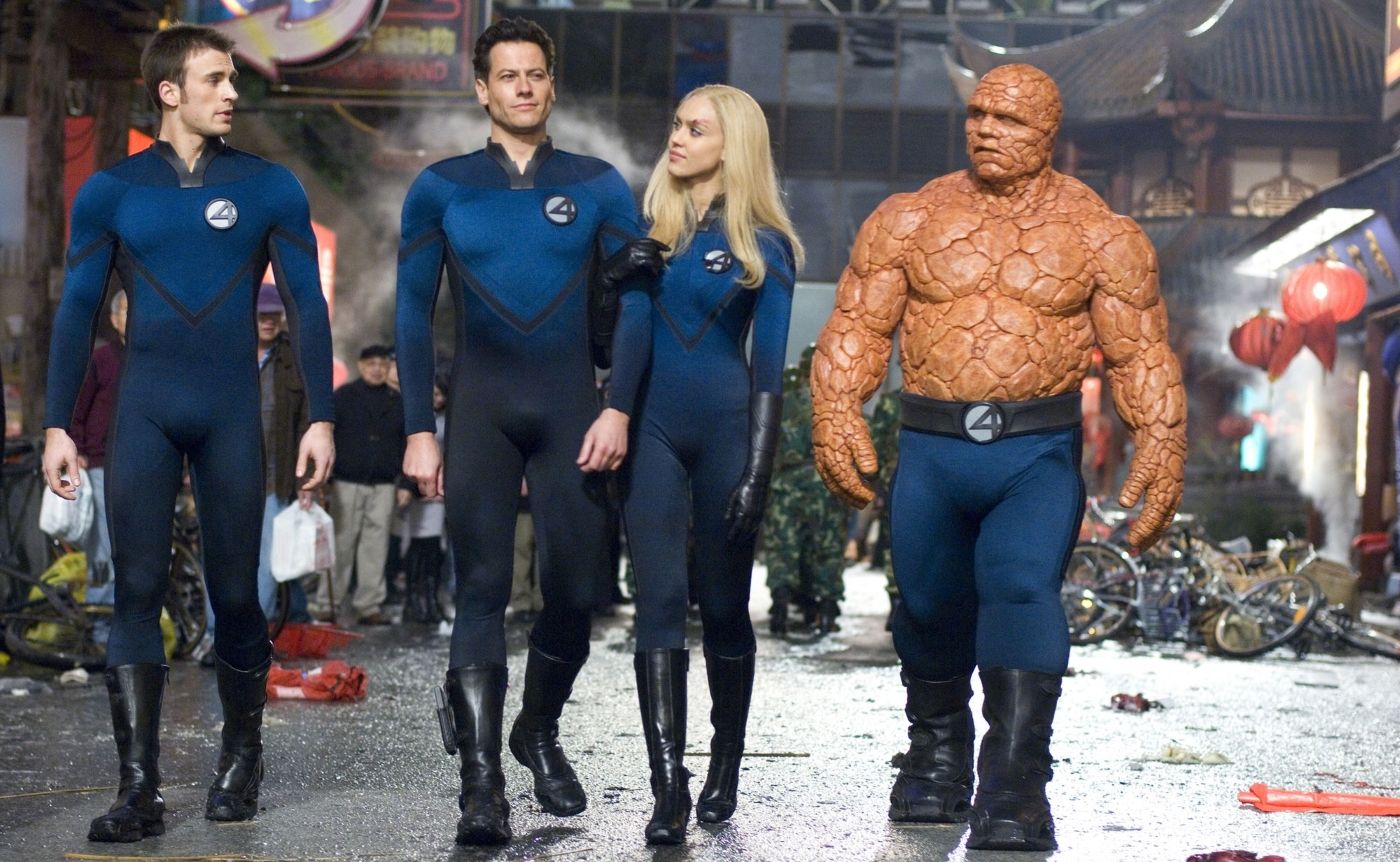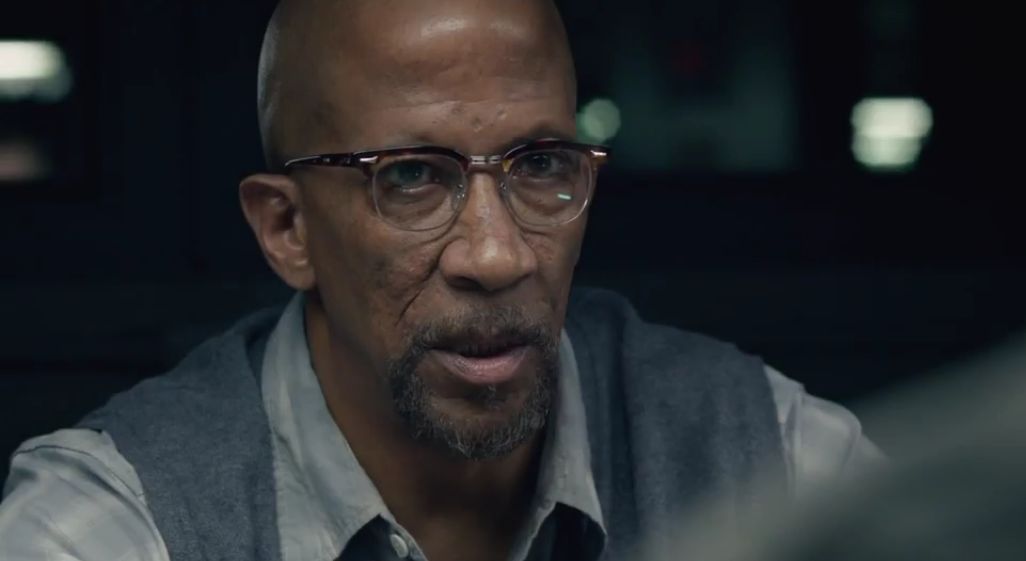Near the top of the good news coming out of Disney’s landmark deal with Fox at the end of 2017, was the homecoming of the Fantastic Four. Now that the rights are reunited, the First Family of comics can be expected to make their way to a theater near you just as soon as Kevin Feige and Marvel Studios can put a project together. Once they finally do, they’ll have three main movies from which to take cues, both to follow and avoid. Fantastic Four (2005) starred Ioan Gruffudd, Chris Evans, Jessica Alba, and Michael Chiklis, which worked well enough to spark a sequel, Fantastic Four: Rise of the Silver Surfer just two years later.
No more movies were made until 2015’s prequel/reboot, Fantastic Four, starring Miles Teller, Kate Mara, Michael B. Jordan, and Jamie Bell. That release may well have been a contributing factor to convince Fox to sell back the rights to the characters. The super family came to film one other time, in 1994, when producer Roger Corman took a shot at the Fantastic Four, but it was never released for fear it would do more harm than good. It’s a mixed bag for some properties as they try and find their way to the big screen.
20 RIGHT: ROOTED IN SCIENCE
One of the key themes driving the Fantastic Four has always been the reliance on science and curiosity with space, other dimensions, mysticism and cosmic phenomenon. It would be easy to drown these movies in an origin story and acts of false heroism and skimp on the technology, but, particularly the first movie in 2005 and the franchise reboot in 2015, relied on futurism, discovery, and science as essential to the films’ formulas.
It would be nice to see Reed Richards displaying other heroic qualities than being a good scientist, but when the Silver Surfer is carrying the Human Torch into oxygen-thin atmosphere to defeat him, or Doctor Doom is super heating and cooling Mr. Fantastic’s rubberized body, or the group is traveling through gateways of space-time into dark dimensions, science is the unifying cool that makes the concept magical.
19 WRONG: REED RICHARDS’ AND BEN GRIMM’S FRIENDSHIP
Both swings at the dynamic between these two leading men of the team miss the mark in different ways. The 2005 movie and its reboot/prequel set up Ben as a balance to Reed, attempting to contrast the latter’s brains and quiet personality with the former’s gruff, more dimwitted demeanor.
Aside from a vague mention of his NASA background that made it into the movies, Ben Grimm was short changed a long successful engineering career. In the comics, he actually attended Empire State with Reed and Doom, and then went on to be a successful test pilot. He and Reed have been lifelong friends, that much made it to the screen, but that relationship has never captured the mutual respect the two friends have for each other.
18 RIGHT: HIGH-POWERED MAIN HEROES
Credit where credit’s due, every one of the official Fantastic Four movies had an appreciation for how fantastic their powers really are. In terms of magnitude, each member of the family eventually gains the ability to manipulate and grow their mutations to amazing degrees. In the first, Fantastic Four, Johnny Storm can grow to be as hot as a supernova, and his fire powers are used extensively throughout that movie, its sequel and its reboot.
The Thing is depicted as literally physically invulnerable, and he’s tested many times to prove it. Mr. Fantastic and Sue Storm stretch out to infinity and support huge structures with force fields, respectively. There’s always a chance, in movies set up for headlining heroes, that they won’t deliver on the premise of a believably empowered protagonist. Thankfully, each film reliably delivers four characters with formidable, accurate power sets.
17 WRONG: MR. FANTASTIC’S PERSONALITY
While their powers may have been on point, there were several character problems that ran throughout the franchise. Reed Richards was never quite cast appropriately, leaving a predictable, but unfortunate gap at the top of the team. Richards’ brand of intellectual, logic driven leadership isn’t a norm that television or movies have really found a way to sell, such as Spock, playing second fiddle to Kirk.
Both Ioan Gruffudd’s and Miles Teller’s portrayals nailed the obsessive, yet brilliant, professor side of Mr. Fantastic, but they never matched that with a heroic virtue that leaped off the screen. Audiences were never given reasons to really root for the team leader, just reassured that he was really, really smart and capable of inventing anything. Neither Reed Richards captured a recognizable everyman the character relies on.
16 RIGHT: VON DOOM MET REED IN SCHOOL
Doctor Doom is the villain that gets the most development in the movies, taking antagonistic roles in all three, but the fact that he and Reed have known each other since they were students is about the only thing they bother to get right. This piece of background is offered in the 2005 kick-off to the franchise, but Victor Von Doom, now the nefarious CEO, identifies the two of them as alumni of MIT instead of Empire State University, their alma mater in the comics.
The villain’s backstory goes on to be butchered from there, as he’s tied in much closer to the Four than he was originally. Both versions of Doom’s film origins are rooted in the accidents that created the Fantastic Four. In the comics, Doom’s scientific accident gone awry did occur while working with Reed and Grimm, but it was unrelated to their transformation.
15 WRONG: SILVER SURFER’S CHARACTER
First of all, beggars can’t be choosers, it’s amazing that the Silver Surfer was introduced into a movie at all. He’s one of the most mysterious and tricky Marvel characters to get right, and while the reward would have been great, the risk was just a little bit too high, and the script didn’t give audiences a strong enough version of the hero.
Beautifully voiced by Laurence Fishburne, the titular cosmic figure in Fantastic Four: Rise of the Silver Surfer (2007), just didn’t capture any gravitas or mystery in the plot beyond shock and awe. The story accurately, and successfully set him up as the herald of Galactus, but from there his attraction to Sue Storm and clunky, melodramatic dialogue, ruined the magnificent visuals created by the overpowered abilities, and infinite ways to manipulate reality that they gave him.
14 RIGHT: IT’S NOT EASY BEING BEN GRIMM
One of the most heart-rending emotional beats of the franchise is watching Ben Grimm’s physical and psychological transformation into The Thing. Michael Chiklis, and then Jamie Bell were both able to find the scariest parts of becoming that particular hero, the complete detachment from part of society. In the most rocky way possible, all three movies and both actors tackled how naggingly frustrating it can be to just be a little bit, irrepressibly different, all the time.
Grimm’s frustration with his sudden lifestyle change works so well because everyone watching and reading the character can relate to feeling like the world dealt them a bad hand. Overcoming that struggle to do good deeds anyway, and the devotion of oneself to a good greater than one’s own vanity, is a compelling journey to watch. Unfortunately as a result, The Thing was the most heroic character in all three movies.
13 WRONG: SUE STORM’S PERSONALITY, LACK OF DEPTH
The alternating marginalization and hyper-sexualization of Sue Storm is nothing unique to these movies -- the character has a long history of similar treatment in the comics -- but none of the three movies deemed her worthy of much more investigation upon their treatments.
It’s really too bad because her powers and her intellect make her more than a match for Reed on their team leadership platform, but Jessica Alba, and then Kate Mara, were reduced to playing her either as Reed’s white whale, or merely gender balance and an excuse to make two “Invisible Woman with no clothes” gags. If Reed wasn’t made out to be campily ignorant of relationships, it would be a good opportunity to show a mature partnership in a genre that aches for such stories. Instead, these two performances are just another thing that a forthcoming reboot will have to overcome.
12 RIGHT: THE FANTASTICAR
Zooming in out of nowhere, in an auto ex machina fashion, the Fantasticar flew into Fantastic Four: Rise of the Silver Surfer just in the nick of time to rush the four heroes, along with an injured Surfer, away from Doom’s growing rage.
This car’s appearance may have been the exact moment when that movie jumped the shark (if not earlier), but fans were pleased to see the supercar cameo nonetheless. This version of the Four-mobile didn’t look like any one version of the car seen in comics, but it had a classic 1-2-1 seating arrangement, and its debut even came with an argument about whether Ben or Reed would pilot the thing. During a chase scene, once the Fantasticar split into multiple sections to avoid capture, the superhero automobile officially counted as one of highlights of the middle Fantastic Four movie.
11 WRONG: PLANET ZERO AND THE DARK DIMENSION
The 2015 attempt, dubbed Fant4stic by its many critics, attempted to introduce the Negative Zone or the Dark Dimension, or a hybrid as a catalyst for the movie’s main conflict and the initial transformation. The science jargon flies more freely than ever as super prodigy Reed Richards is drafted out of a high school science fair to build a Quantum Gate for the US Defense Department.
The plausibility goes downhill from there. Even though he’s kind of successful, a drunken male bonding haze convinces the males of the team to flip open the gate and travel to Planet Zero, the apparent spawn point into the parallel evil-verse. Victor Von Doom is also shoehorned into this, and once an indeterminate greenish substance causes all of them to transform, there’s a certain switch in the audience’s brain that flips and we start watching for other, more mentally and emotionally distant reasons.
10 RIGHT: JOHNNY STORM’S CHARACTER
In addition to effectively adapting the Ben Grimm character, all three movies had really strong roles for Johnny Storm as well. While Chris Evans, preceding Michael B. Jordan, didn’t get the chance to play the roles with a lot of depth, he excelled in the comic relief aspects of the character, as well as his daredevil attitude. This strong personality type was, at times too dominant, overpowering the rest of the cast at times but for the youngest member of the Fantastic Four -- inspired by one of Marvel’s oldest characters -- it was a fitting rendition.
In the reboot, Jordan brought a little bit of his father’s son into the Human Torch but other than that, the hero is reduced to comic schmucky-ness and being fearless, which is enough to latch on to. It also paves the way for the inevitable Human Torch and Thing movie.
9 WRONG: DOCTOR DOOM CHARACTER DESIGN
While Victor Von Doom has gotten plenty of screen time, appearing in all three movies, somehow the latest version of the character did the sloppiest job pulling the archvillain on to the big screen. Toby Kebbell does a fine job playing this progressively malcontented, young, Latverian, science wizard, but his eventual heel turn and ensuing costume are poor choices and ineffective strategies for inspiring evil and fear.
For story and villain development purposes, Fantastic Four (2015), opts to incorporate Von Doom, around the same age as the super young superheroes, into this Quantum Gate project. They all work together, they all become great friends, and then, tragically, Victor Von Doom becomes Doctor Doom. If not for a preposterous mode of infection -- and a suspiciously plastic looking mask covered with LEDs -- the time spent to create an emotionally justified villain would be well spent.
8 RIGHT: THE BAXTER BUILDING
One of the few cameos included in this surprisingly sparsely easter egged group of movies is the inclusion of the Baxter Building in the 2005 origin story and its sequel. The movies present the Manhattan apartment building, accurately, as the first home base of the super team. Despite the first movie mentioning that Richards has gone deep into debt, he still manages to hold onto a pretty lavish laboratory on the upper floors of the building and goes onto develop the space into a well appointed Fantastic Four headquarters.
Hopefully the next version of the movies brings fans even closer to seeing a real Four Freedoms Plaza. Along with Avengers Tower and the Sanctum Sanctorum, a hypothetical future MCU could make New York City host to all three of those Marvel hero mansions. Once they do, they’ll be able to do one better: Blow them all up.
7 WRONG: THE BAXTER FOUNDATION
The second movie repurposes the Baxter name, but still tries to include it in the story. The Baxter Foundation hosts the Quantum Gate project that the proto family builds and then misuses. It’s amorphous and vague, but Franklin Storm is the main face the audience sees from the Baxter Institute, and he’s persuaded Reed Richards’ poor parents that it’s an actual school and he’s been whisked away to actually work for a private defense contractor.
The real villain of that movie is Doctor Doom, but it should have been the cavalier attitude with which the writers used FF canon. One of the few things borrowed from the comics was used to name the organization that proceeded to manipulate the four family members once they got their powers and force them to fill government contracts.
6 RIGHT: PUBLIC RELATIONS
Just as long as they’re under their own terms, Reed has often collaborated with the government on the super team’s behalf. In all of the movies, the general public, crowds, the government, and the defense department, have all played roles in the heroes’ development and decision making. It’s one of the most fundamental parts of their teamwork that they’re a family and they have nothing to hide.
Reed supported the Superhero Registration Act during the comic book events of "Civil War" and the rest of the family is populated with test pilots and government scientists as well. The role comics and superheroes play in American national propaganda has always been a symbiotic one. It’s just one more layer to see the Fantastic Four well represented as the heroes of the people.
5 WRONG: REED AND SUE’S WEDDING
Apparently blinded by the luck of featuring the Silver Surfer, Galactus, and the Fantasticar all in one movie, the creative team behind 2007’s sequel Fantastic Four: Rise of the Silver Surfer were overwhelmed by the notion of also building justified, causal plots and human-ish characters which all leads to Reed and Sue's wedding. Ioan Gruffudd and Jessica Alba had been playing the characters for two full movies, dancing around each other with Richards as the befuddled genius and Sue just faithfully chasing after him.
The wedding that the movie decides to close with takes place in Japan for no apparent reason, other than so they could shower their cinematic scale wedding with a layer of Japanese culture. On top of that, nerd culture comedian Brian Posehn performed the ceremony, proving that this movie existed for an ultra niche audience.
4 RIGHT: SILVER SURFER HERALDS GALACTUS
The one thing that Fantastic Four: Rise of the Silver Surfer got right with its introduction of the Surfer as a villain was his debut as a herald for Galactus, devourer of worlds. Signaling the cosmic titan’s imminent arrival after eight days, as in the comics, the Power Cosmic really does drive Norrin Radd to dabble in the forces of destruction from time to time.
There’s even a version of Galactus that appears at the conclusion of the film, although its rendering is more of an abstract painting than intimidating force. Unfortunately, this version doesn’t have any real role in the story other than to turn Silver Surfer into a hero. Nevertheless, it stands as the earliest appearance of Marvel’s cosmic universe on-screen and gives true fans something to chew on while they eagerly await the next adaptation of Galactus.
3 WRONG: DOCTOR DOOM’S MOTIVATIONS
While a lot has been done with Doctor Doom in the movies, none of them has gotten him quite right. The first two set him up as Sue Storm’s spurned ex, angry about his corporate empire’s collapse. The reboot injected him into the story as a connection through the Baxter Foundation, neither of these two really do Doom justice as the deep seeded archnemesis of Reed Richards.
The association between Reed and Victor Von Doom goes back to their days at Empire State University together. Once roommates, then project partners, Reed and Ben Grimm’s rejection of Doom and his ensuing accident sent him on a lonely spiral into anger and hate. Both sets of movies attempt to capture the former-friend-turned-enemy nature of his relationship to the Four, but neither nails it.
2 RIGHT: FAMILY CHEMISTRY
The glimmer of hope that shines through all three of these films is the family chemistry that has to exist within the Fantastic Four. The Mr. Fantastic character himself needs to be really figured out in order to make all four of these heroes balance each other but it’s already there on-screen, most visibly between Sue and Johnny Storm, that sibling rivalry is essential. Then Ben Grimm is always a guaranteed source of avuncular spirit.
It’s so important to try and build a family because it’s a different and interesting relationship compared to most other superteams. Most other groups of heroes are brought together by a common purpose, or location, or power level. These guys stay together because they’re a family, which changes the way they do everything on screen, with more comfort and ease, and the confidence of staying together no matter what.
1 WRONG: FRANKLIN STORM
The Franklin Storm from the latest reboot felt a bit cobbled together as a device to move the story along and put the pieces of the main mission together. For the purposes of the movie, he’s the director of the Baxter Foundation, the man in charge of spearheading the project to build the Quantum Gate to Planet Zero. The original goal was to build a teleportation device, apparently the director sent them in the wrong direction.
The Franklin Storm from the comics was a more humble physician who, while playing a supporting role in his children’s antics occasionally, was never the source of a tactic so ambitious as military transport. Reg E. Cathey plays Sue and Johnny’s father on the screen for the first time.

